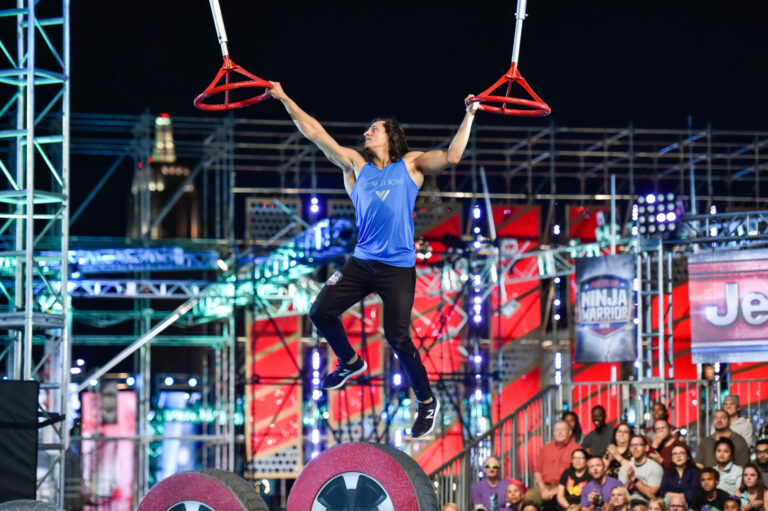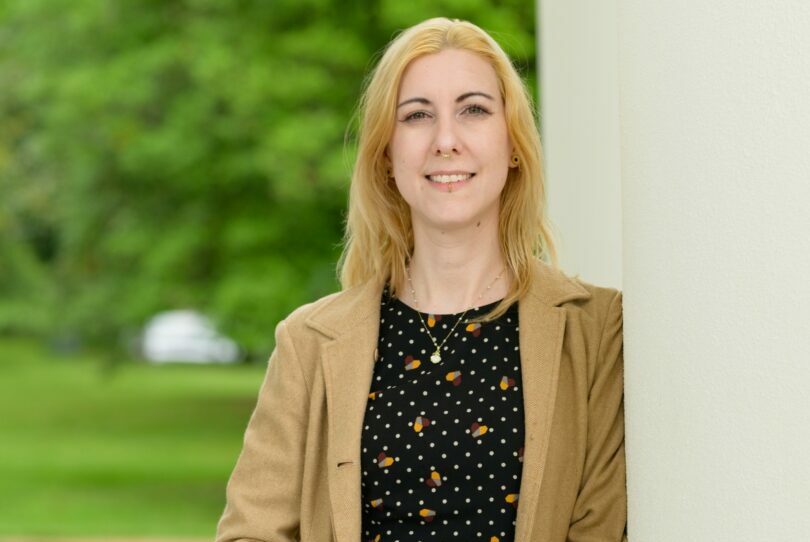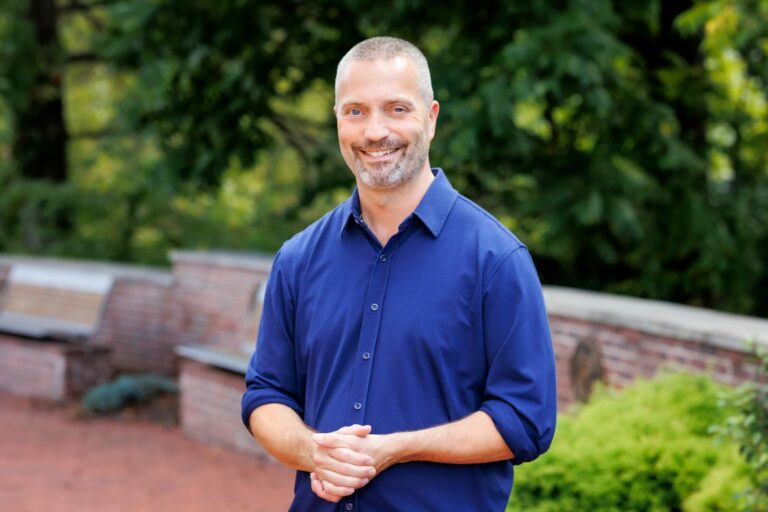We recently connected with Pejman Zare and have shared our conversation below.
Hi Pejman, so happy to have you with us today and there is so much we want to ask you about. So many of us go through similar pain points throughout our journeys and so hearing about how others developed certain skills or qualities that we are struggling with can be helpful. Along those lines, we’d love to hear from you about how you developed your ability to take risk?
I decided early on that I wanted to live with minimal regrets. I told myself that when I’m 80, I don’t want to look back and wonder, what if I had taken those chances? The quote “Doubt kills more dreams than failure ever will” resonates deeply with me—if I let doubt stop me, I’ll never know how far I could’ve gone.
To develop my ability to take risks, I start by weighing potential outcomes. I ask myself: What are the chances of success, and what’s truly at stake? Some risks are straightforward—like the chance of surviving a jump from a building without a parachute—while others, such as launching a new product or business, are more complex and require deeper research and market insight.
I’ve learned that the more we take risks in a specific area, the more we realize our initial calculations can be off. Yet each attempt sharpens our instincts. As an entrepreneur who’s built a few successful brands, my advice is to begin with something small and affordable—think of it as a training cost. It’s one thing to read books and listen to podcasts, but nothing compares to the real-world experience of handling unexpected hurdles.
Another crucial factor is your personal situation. Do you have a safety net or responsibilities, such as a family? Are you at a stage of life where you have more flexibility to rebuild if things go wrong? These considerations affect how much risk you can comfortably take on. That’s why I believe starting early has its advantages—you build resilience, gain experience, and develop a more intuitive sense of which risks truly matter.

Thanks for sharing that. So, before we get any further into our conversation, can you tell our readers a bit about yourself and what you’re working on?
I’ve always been drawn to fashion, design, and creativity. To me, style isn’t just about looking good—it’s about expressing yourself and feeling confident in who you are. One day, while putting together an outfit and matching my suede loafers with a suede belt, I had a thought: Wouldn’t it be amazing to coordinate a suede phone case and watch band as well?
I searched everywhere, but all I found were low-quality fabrics or products that lacked elegance. Soon, I realized why you rarely see real suede phone cases: they’re notoriously difficult to maintain, easily damaged by oil and water, and they’re not cheap. Most people wouldn’t want that for an everyday item like a phone case.
I’m also a driving enthusiast and love cars, especially Porsche and Ferrari. Both brands use Alcantara—a material that looks and feels like suede but is far more durable—for their interiors and steering wheels. After some research, I discovered that Alcantara is water- and stain-resistant, easy to clean, and can look brand new with minimal care. It solved all the problems that make real suede impractical for daily use.
So, I designed a phone case and watch band using Alcantara for my own wardrobe, and they worked incredibly well—not just for special occasions but for everyday wear. I love how these pieces can transition seamlessly from a unique fashion statement to a daily staple, depending on how much upkeep you prefer.
That’s how Luriax was born. Right now, we handcraft each product with meticulous attention to detail, using high-quality materials and elegant color palettes. We’ll soon be expanding our lineup to include bags and other accessories that blend style and function in the same spirit.
I’m excited about what’s on the horizon and can’t wait to share our upcoming designs and collections. Ultimately, Luriax is more than just accessories—it’s about embracing your personal style, believing in yourself, and telling your story through what you wear every day.

Looking back, what do you think were the three qualities, skills, or areas of knowledge that were most impactful in your journey? What advice do you have for folks who are early in their journey in terms of how they can best develop or improve on these?
First, it’s about not being afraid to fail and about taking chances.. I used to get stuck in “what ifs” just like anyone else, what if I lose money, or what if my idea doesn’t work? But I learned pretty quickly there’s no such thing as a perfect plan. The real growth happens when you just start and adapt along the way. And if you do fail? Well, you pick yourself up, figure out what went wrong, and give it another shot. That’s very different from being reckless; it’s being bold enough to make moves but also thoughtful about the risks you take.
Second, my passion for design and creativity keeps me going. I love creating things that are great, aesthetically pleasing and serve a real purpose. I think anyone who’s trying to build something meaningful should stay curious, keep learning, exploring, and drawing inspiration from all kinds of sources. That genuine excitement you have for your craft will show up in everything you do. Just stay true to yourself.
Finally, there’s problem-solving and innovative thinking. The inception of Luriax was rooted in identifying a gap in the market, finding elegant, durable alternatives to suede for phone cases and everyday accessories. Then I discovered Alcantara, which turned out to be the perfect solution. So I’ve learned to view obstacles as chances to do something new or unexpected. If you take the time to break down the problem and think outside the box, you can come up with ideas that really set you apart.
If I had to sum it all up, I’d say: don’t wait for the perfect moment, keep your passion front and center, and see every roadblock as an opportunity to do something creative. Those three things have been game-changers for me.

What do you do when you feel overwhelmed? Any advice or strategies?
Getting overwhelmed is totally natural, it’s part of the process. When it happens, I like to start by putting pen to paper and making a list of everything that’s weighing on me. There’s something really grounding about seeing it all laid out in front of you. Then, I’ll break those items into priorities and figure out the steps I need to take, remembering that I don’t have to solve everything all at once. Consistency is key; tackling little pieces over time is way more sustainable than trying to do it all in one go.
I also try to meditate for anywhere from 3 to 20 minutes each day, depending on how I’m feeling. Sometimes I can manage a longer session, while other days, 3 minutes is just enough to help me reset. Beyond that, my favorite strategy is stepping away altogether to clear my head. I personally really connect with nature, if it’s winter, you’ll find me skiing because zooming down the mountain forces me to focus on the moment rather than my worries. If the weather’s better, I love visiting national parks, camping and going for long hikes.
Honestly, the best way to handle overwhelm is to acknowledge it. Let your brain rest, come back with a clear mind, and look at your list again. Most of the time, once you’ve given yourself some space, you’ll see it’s not as big of a problem as it first felt.
Contact Info:
- Website: https://luriax.com
- Instagram: https://www.instagram.com/luriaxofficial/
- Facebook: https://www.facebook.com/luriax
- Youtube: https://www.youtube.com/@luriaxlosangeles




so if you or someone you know deserves recognition please let us know here.




